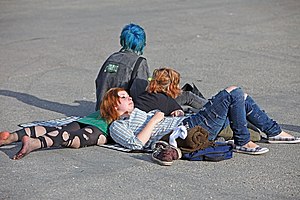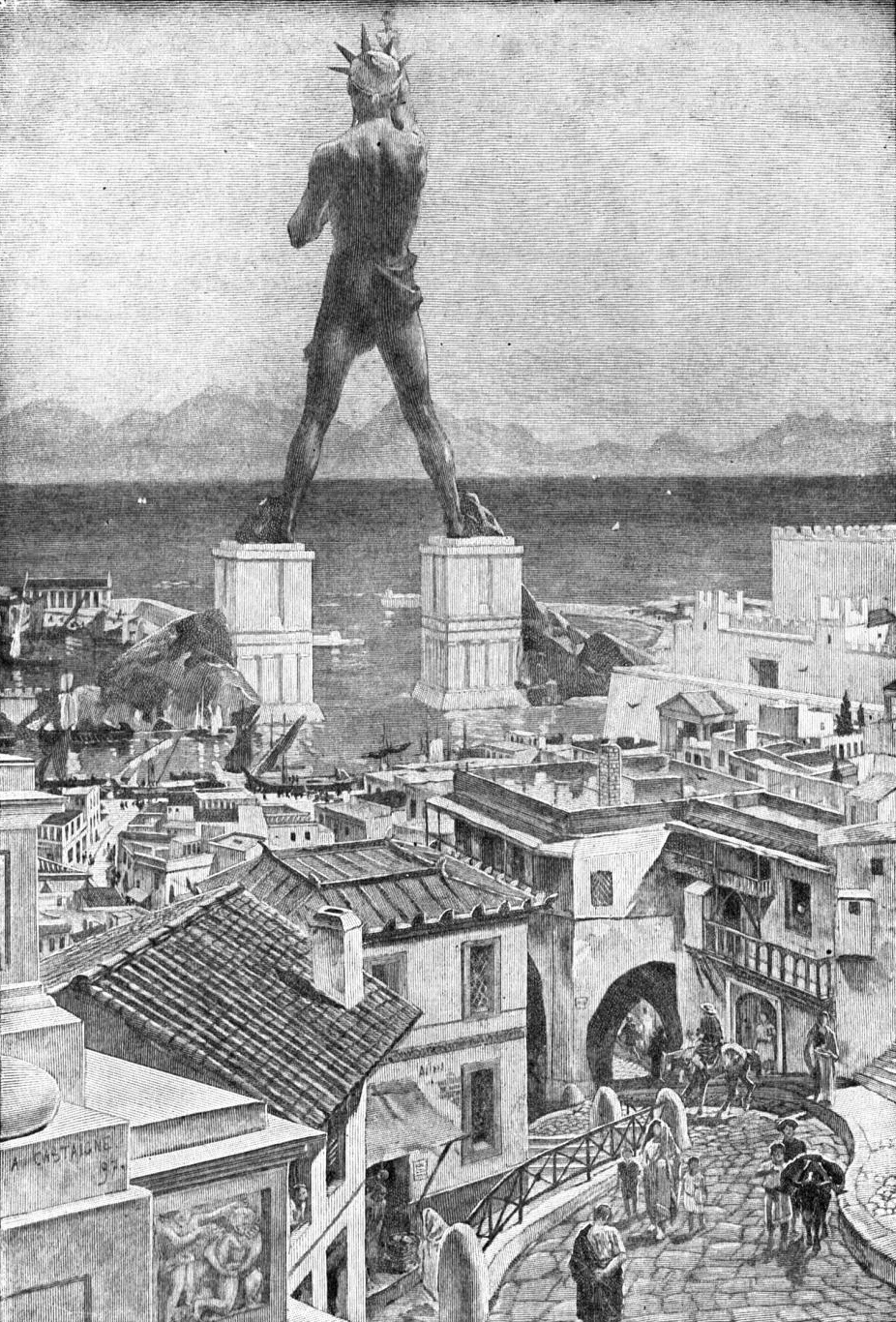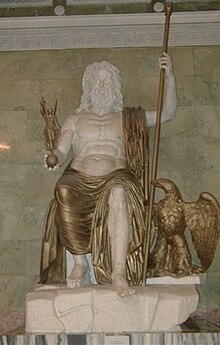| New Delhi, March 16: The defence ministry has proposed an aggressive counter-piracy role for navies under the UN flag because an increase in the number of attacks on merchant vessels “in the Indian Ocean Region is an issue of serious concern”. The ministry’s annual report, tabled in Parliament today, gives its assessment of India’s security environment. Since its overview in the last report, the defence ministry has identified the presence of Somali pirates around India’s western island territories (Lakshadweep and Minicoy) as “an unwelcome development which requires heightened vigil”. The cabinet committee on security has met twice since last week to assign a pro- active counter-piracy role for the navy and approve standard operating procedures and rules of engagement for the task. “India is in favour of strengthening multilateral co-operation under a UN framework to meet the complex challenges to maritime security,” says the report for 2010-2011. “The threat of piracy emerging from Somali waters continues to endanger the safety of the sea lanes and is a matter of concern for the international community,” the ministry said. “The spread of piracy to areas close to our western seaboard has made this a cause of great concern,” it emphasised. The navy has been on a counter-piracy patrol in the Gulf of Aden since October 2008. Since November last year, the navy has also deployed additional vessels around the Lakshadweep and has leased equipment to arrange for co-ordinated patrolling in waters around the Seychelles islands. The Indian Navy also co-ordinates counter-piracy patrols with European, Nato and US-led coalition forces. “India’s economic development is crucially dependent on the sea because of the criticality of sea-borne trade in an increasingly inter-linked world, as well as because of the potential of vast economic resources of the oceans…. India’s maritime interest involve safeguarding of our coastline and island territories, as also our interests in our exclusive economic zone, as well as in maintaining open and secure sea lines of communication,” the report said. As in previous years, the current report also registers the growth of China’s armed forces. It says that while India is “watchful of the implications of China’s evolving military profile” in the neighbour hood, it will continue a respectful engagement with Beijing. The defence ministry says that the upheavals in North Africa and West Asia — meaning, largely, Tunisia, Libya, Egypt, Yemen and Bahrain — could have an impact on the security situation in the region and on the security of global energy supplies. It notes that India has historical ties with many countries in Africa. The defence ministry welcomed the creation of the “ASEAN Defence Ministers Meeting plus forum of ten” and said it was an effort for an “open and inclusive security architecture for the region”. On the situation in Jammu and Kashmir, the report implicates Pakistan “due to undiminished activities of terrorist organisations from its territory.” Left-wing militants, and insurgency in Kashmir and the North East were the major internal security challenges, it said. | 

























